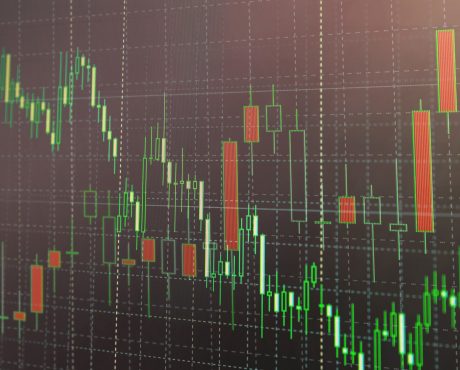Small Sector Pays Big Yields
How much cash have you stashed away for your retirement?
No matter how much money you put away, does it ever feel like enough? How can anyone say with 100% certainty that their money will last?
The government’s low interest rate policy has made it even harder. Nowadays, even a seven-figure portfolio doesn’t throw off much in the way of cash flow. It has forced retirees and those approaching their golden years to seek out new sources of investment income.
One place where I’m finding safe, large yields: business development companies (BDCs). BDCs are publicly traded companies that invest in or lend to privately held businesses. Some of these investments can be in firms as small as a neighborhood convenience store, and others can be as large as multi-billion dollar operations with a host of household brands.
Today, BDCs sit in the sweet spot of the U.S. economy. Historically, small- and mid-sized businesses have always had trouble getting credit. Unlike big businesses, they can’t sell bonds or go public on a stock exchange. And to make matters worse, big banks have dialed back lending in recent years almost completely.
That’s great news for BDCs and their investors. To fill the gap left by big banks, these companies have become the primary source of funding for thousands of businesses across the country. Management can pick and choose the best opportunities and they still have enough deals on their plate to grow like crazy.
And these deals can be quite lucrative. Without much in the way of competition, BDCs can charge double-digit interest rates on new loans.
In my research for paid subscribers, I have looked at BDCs that have an average yield on their loan portfolios of 12% and up. Pretty impressive when you consider that Treasury bonds pay out only three percent.
For investors, this model has created quite the income stream. In order to qualify for a number of tax loopholes, the IRS requires BDCs pass on almost all of their profits to shareholders. As a result, it’s not uncommon to find high-quality businesses paying out yields of 7%, 12%, or even as high as 15%.
|
Company Name & Stock Ticker |
Market Cap |
Dividend Yield |
| Main Street Capital Corporation (NYSE:MAIN) |
$2.2B |
6.1% |
| Gladstone Investment Corporation (NASDAQ:GAIN) |
$354.5M |
7.3% |
| Apollo Investment Corp. (NASDAQ:AINV) |
$1.2B |
11.1% |
| Horizon Technology Finance Corp (NASDAQ:HRZN) |
119.5M |
11.6% |
| Medley Capital Corp (NYSE:MCC) |
$232.1M |
15.0% |
(Source: Google Finance, last accessed April 24, 2018)
Of course, bigger-than-average yields come with bigger-than-average risk. Higher interest rates can send the value of shares plunging. And borrowers do default on their loans from time to time.
That said, investors can minimize these risks by really digging into the loan books. Smart BDC managers have started to minimize the risk of rising interest rates by offering floating-rate loans. The really good BDCs also only make loans to cash-flow-positive businesses and protect their interests with strict lending covenants.
In other words, it pays to do your homework. For investors willing to do a little extra digging, BDCs can represent an attractive income stream. While this small industry might not get a lot of coverage in the press, it has become a source of big yields for income hunters.





